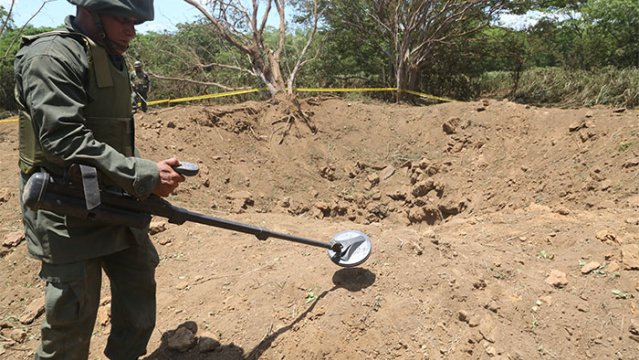
© Tomado Del 19 Digital/ENDThe explosion left a crater 12 meters in diameter, said Wilfried Strauch, advisor of the Nicaraguan Institute of Territorial Studies, Ineter. (Google Translation)
A mysterious explosion that rocked Nicaragua's crowded capital Managua, creating a large crater, appears to have been caused by a meteorite, officials said Sunday.
Amazingly, in a sprawling city of 1.2 million people, the impact near the international airport did not cause any known injuries, but it did leave a crater measuring 12 meters (39 feet) across.
"
We are convinced that this was a meteorite. We have seen the crater from the impact," said Wilfredo Strauss of the Seismic Institute.
The meteorite appeared to have hurtled into a wooded area near the airport around midnight Saturday, its thunderous impact felt across the capital.
The hit was so large that it registered on the instruments Strauss's organization uses to size up earthquakes.
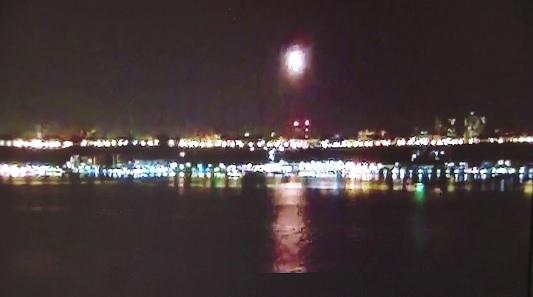
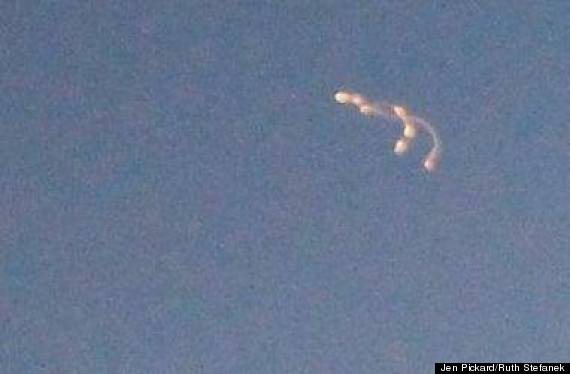

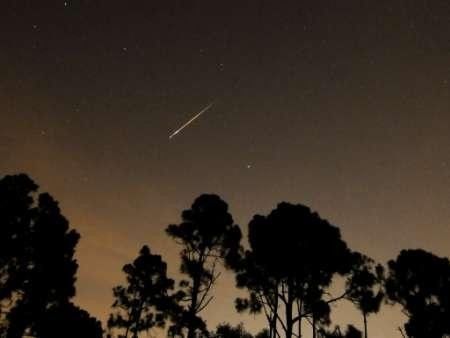
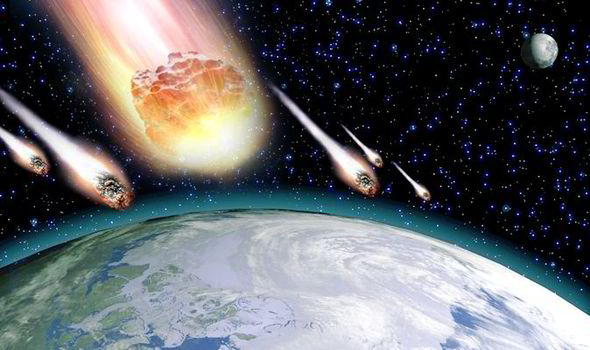
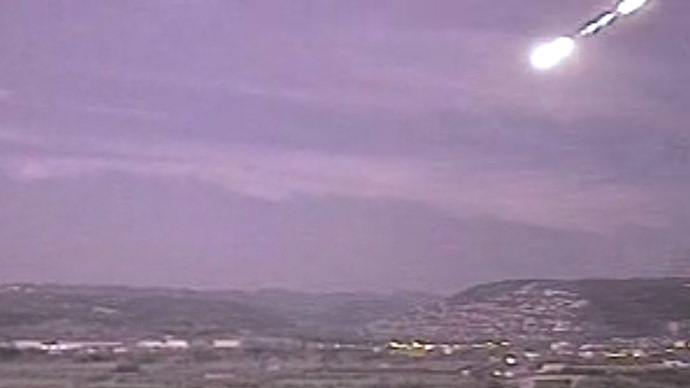
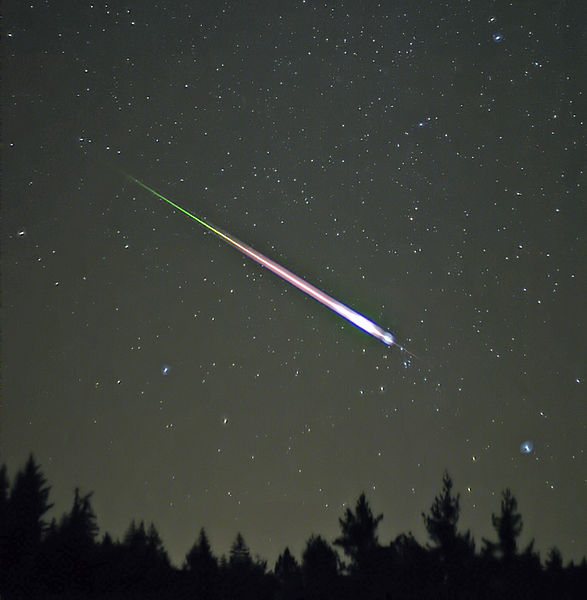
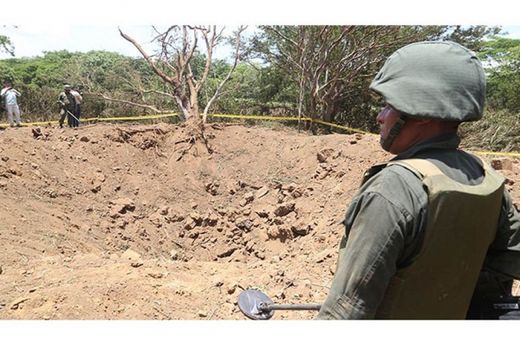




Comment: More footage of same.